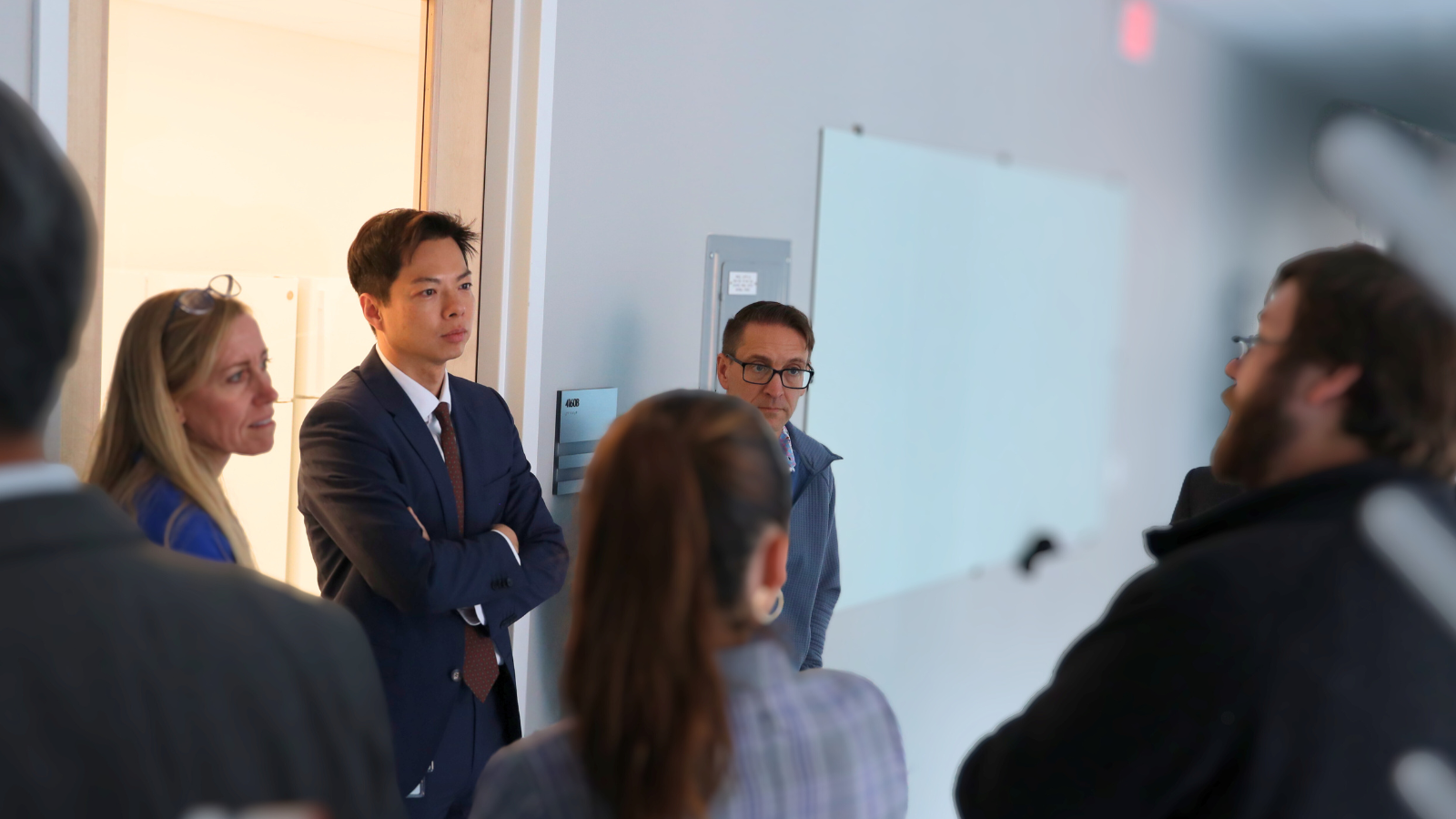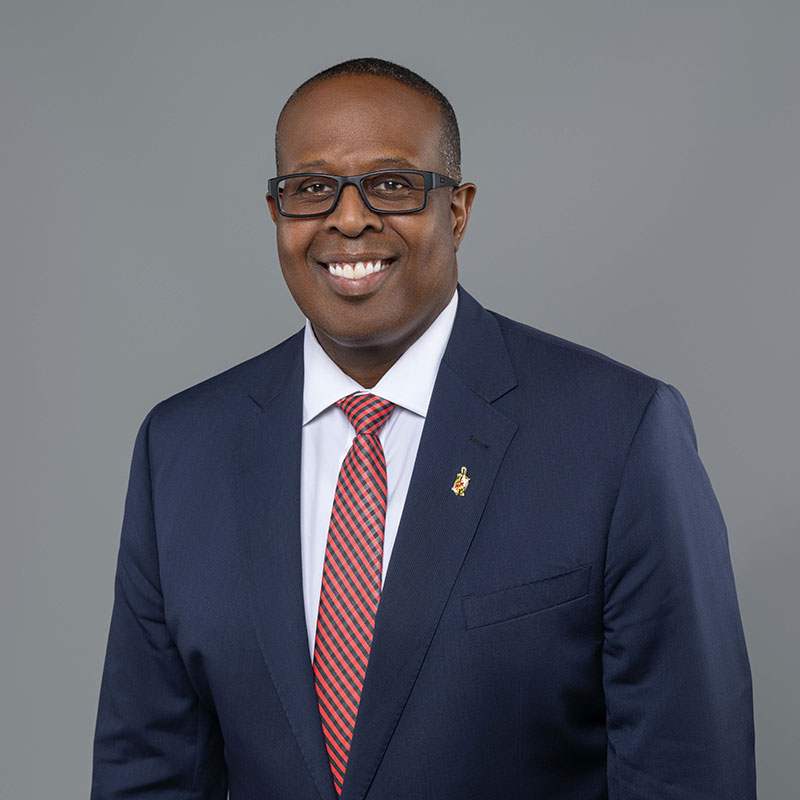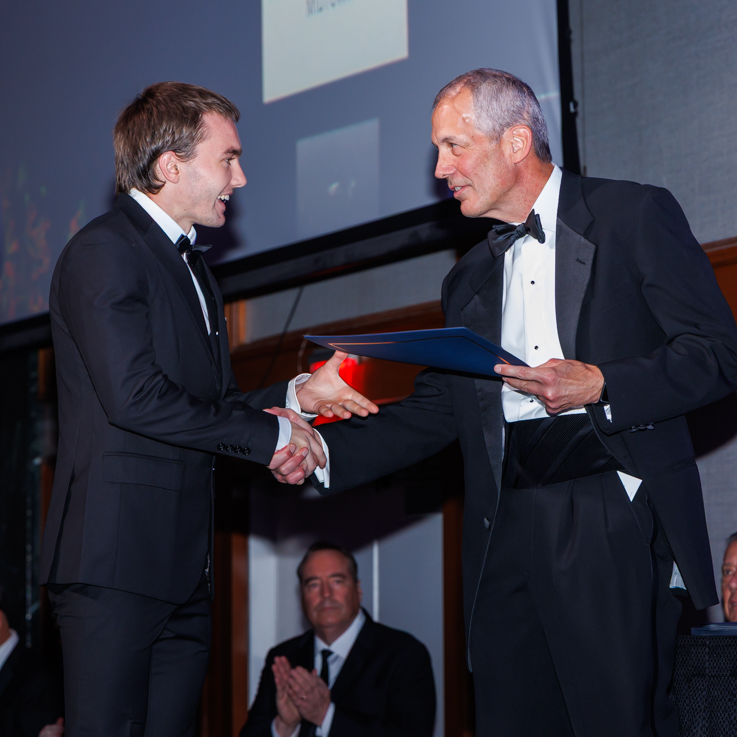News Story
Shah Receives Stem Cell Funds
Fischell Department of Bioengineering Assistant Professor Sameer Shah has received the only 2010 Maryland Stem Cell Research Fund (MSCRF) grant awarded to a principal investigator on the University of Maryland College Park campus. The project will receive up to $115,000 per year over two years under the Maryland Stem Cell Research Act of 2006. Shah was one of 42 total recipients statewide, and one of 19 investigators who received an Exploratory Grant, which is given to scientists new to stem cell research, and to those proposing new and novel approaches in the field.
Shah, the director of the Neuromuscular Bioengineering Laboratory, will explore how factors in the mechanical environment in which stem cells grow, such as tension or load-bearing, affect their ability to differentiate into functional motor neurons. The creation of new motor neurons from stem cells has the potential to treat spinal cord injuries and a variety of neurodegenerative disorders, including amyotrophic lateral sclerosis (ALS, also known as Lou Gehrig's disease), primary lateral sclerosis, bulbar palsies, and progressive and spinal muscular atrophy. In order for this type of treatment to be effective, new motor neurons that develop from stem cells must eventually achieve functional connectivity with target muscle fibers; in other words, they must be capable of reconnecting with muscles that are no longer being stimulated and successfully transmit commands to contract.
"The cells' mechanical environment is important for a couple of reasons," says Shah. "During development, motor neurons are under tension as the muscle, bone, and other tissue around them grow—it's something they need in order to mature. You could think of this as the neurons being tethered to something under mechanical stress, which they feel by association. For example, if you have two bungee cords side by side that are connected to each other in the middle, and you pull on one of them, the second one will also be stretched, coming along for the ride. Neurons in adults are also under tension, and may be placed under even more tension as we move around. For these reasons, any treatment strategies involving stem cells need to factor in mechanical aspects of their environment when they are implanted and as they mature."
Learn More:
Visit the Neuromuscular Bioengineering Laboratory web site »
Visit the Maryland Stem Cell Research Fund web site »
Published May 26, 2010









